New Changes to Recreational Drone Flying in the United States
New Changes to Recreational Drone Flying in the United States
There's a new law (PDF) that describes how, when, and where you can fly drones for recreational purposes. Following these rules will keep you and your drone safe and will help keep the airspace available to everyone.
Here's what you need to do:
Register your drone, mark it on the outside with the registration number (PDF), and carry proof of registration with you.
Fly only for recreational purposes.
Follow the safety guidelines of a community based organization.
Fly your drone at or below 400 feet when in uncontrolled or "Class G" airspace. This is airspace where the FAA is not controlling manned air traffic. To determine what type of airspace you are in, refer to the mobile application that operates your drone (if so equipped) and/or use other drone-related mobile applications. Knowing your location and what airspace you're in will also help you avoid interfering with other aircraft.
Do NOT fly in controlled airspace (around and above many airports) unless:
You receive an airspace authorization for operations in controlled airspace through LAANC (Low Altitude Authorization and Notification Capability), before you fly. Learn more about approved LAANC UAS Service Suppliers for recreational flyers.
You are flying at a recreational flyer fixed site that has a written agreement with the FAA. The FAA has posted a list of approved sites (MS Excel) and has depicted them as blue dots on a map. Each fixed site is limited to the altitude shown on this map, which varies by location.
NOTE: If your organization is interested in establishing a letter of agreement for a fixed flying site, please contact us at 9-AJT-UAS-Integration@faa.gov.
The FAA is experiencing a high volume of requests for fixed sites. At this time, the FAA is reviewing requests based on available resources.
Keep your drone within your line of sight, or within the visual line-of-sight of a visual observer who is co-located and in direct communication with you.
Do NOT fly in airspace where flight is prohibited. Airspace restrictions can be found on our interactive map, and temporary flight restrictions can be found here. Drone operators are responsible for ensuring they comply with all airspace restrictions.
Never fly near other aircraft, especially near airports.
Never fly over groups of people, public events, or stadiums full of people.
Never fly near emergencies such as any type of accident response, law enforcement activities, firefighting, or hurricane recovery efforts.
Never fly under the influence of drugs or alcohol.
